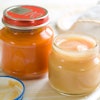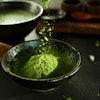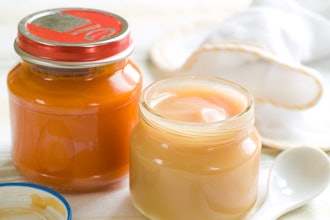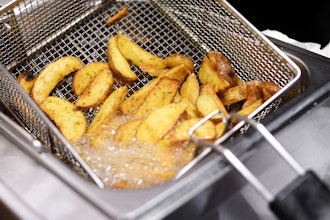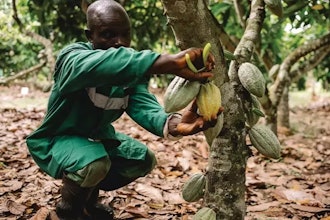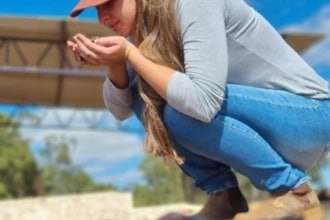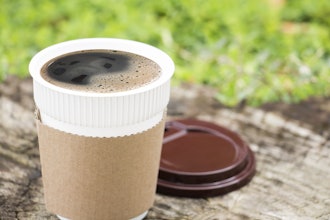ALBANY, N.Y. (AP) — Fruit plants budding and blooming weeks earlier than usual were damaged by frigid temperatures this week, but farmers in the Great Lakes and Northeast say they're still assessing the toll and some crop loss won't be apparent until mid-summer.
Some say strong winds that aren't generally seen on frosty, still winter nights likely prevented catastrophic damage by mixing warmer air with the chill that settled closer to the ground.
The cold set in Tuesday night after the trees, vines and bushes woke up early during a stretch of record-breaking March warmth, a freak combination that had farmers and experts worried because they'd never seen anything like it.
"At this point it looks pretty good," said Cameron Hosmer, who grows grapes for his winery in New York's Finger Lakes region. But he also said "it's a little bit too early to tell."
He said damage to buds may still show up, and injuries to the plant's vascular systems may not be seen until summer, when they're more likely to be stressed by any dry spell.
On Monday, Hosmer had lined up a helicopter to move the air on his 60-acre vineyard, a countermeasure like smudge pots — flaming kettles that throw off heat and move the cold air — used by some farmers.
After talking with other growers in the region, where low temperatures ranged from 20 to 24 degrees, there's still a wait-and-see approach, Hosmer said. One had some damage to his cherries, he said, "but not a total wipeout."
In New Hampshire, Trevor Hardy grows apples and peaches on the farm in Hollis that's been in his family since 1847. He said he expects to lose 10 to 30 percent of his apple crop and 10 to 15 percent of the peaches, the opposite of what many expected since the peaches were already in full bloom.
"You'd think the peaches would be more vulnerable," Hardy said, adding that he can't explain the difference. "It's a bit of a chemistry game at times."
He didn't take any steps to blunt the cold, but said some neighbors who used misters to try to protect buds with a coating of ice ended up with too much, breaking branches off their trees.
"This is going to be a case study," said Bill Fitzgerald, who grows apples on 20 acres in Methuen, Mass. He took no precautions but came through the cold snap relatively unscathed. "I'm doing everything I can to find a damaged bud. I'm very excited and very optimistic."
He said other growers he's talked to also feel that they narrowly escaped after they "came so close to having nothing" when temperatures dropped to 24 degrees for several hours and the wind blew at 30 mph.
"It was so bizarre to have those severe low temperatures with that wind," Fitzgerald said. "The air was so dry, did that play a role?"
So far, only a few Red Delicious trees are showing damage to the central "king buds," the first to open, Hardy said.
In Michigan, Keith Creagh, the state director of agriculture and rural development department, said there was very little damage. "We dodged the bullet on that one."
Now the concern falls to the next several weeks, he said, including snow forecast this weekend in the growing areas around Grand Rapids.
"I think for the next month, people are going to hold their breaths," Creagh said.


